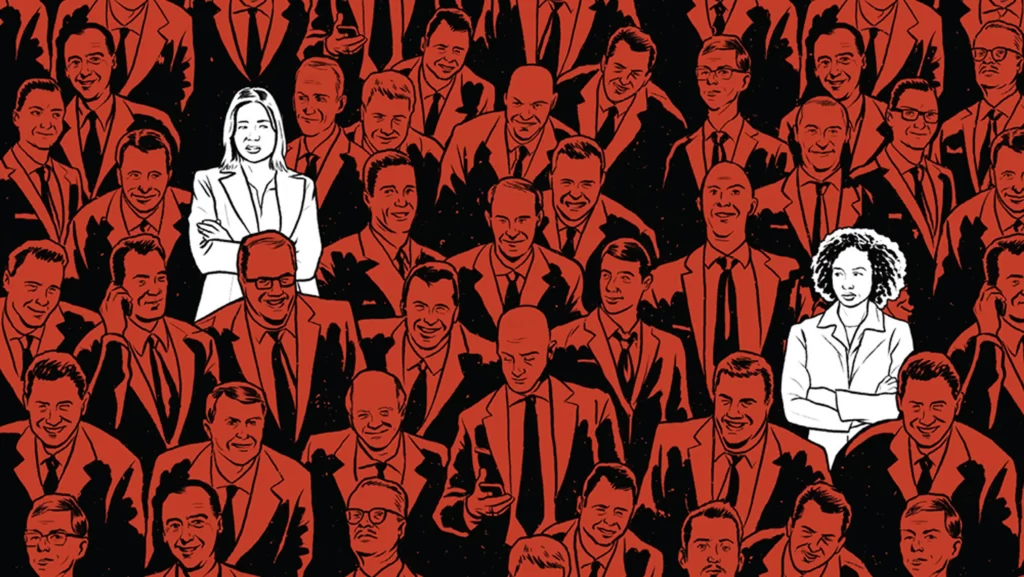The representation of diversity and inclusion in the entertainment industry
The entertainment industry is a powerful platform for shaping public perceptions of social issues, including diversity and inclusion. Over the years, there have been increasing efforts to improve representation in the industry, with more diverse voices and perspectives being given a platform.
However, much work remains to ensure that the entertainment industry accurately reflects the diversity of society and promotes inclusivity.

Casting actors and actresses is one of the most significant areas requiring improved representation of diversity and inclusion.
Historically, white actors have dominated the entertainment industry, providing limited opportunities for actors from marginalized communities. This has resulted in a lack of representation for people of color, people with disabilities, and LGBTQ+ individuals.
However, in recent years, there have been efforts to improve representation. The industry creates more roles for actors from diverse backgrounds.
For example, the success of the film “Black Panther” demonstrated the demand for diverse representation in Hollywood. With the majority-black cast and crew breaking box office records and receiving critical acclaim.
Similarly, the entertainment industry has increased the representation of actors with disabilities by writing and casting more roles for them.
In addition to casting, the entertainment industry has also made efforts to promote diversity and inclusion in storytelling. This includes the development of diverse characters and storylines that accurately reflect the experiences of marginalized communities.
For example, the popular Netflix series “Master of None” explores the experiences of first-generation immigrant families. The show “Pose” tells the story of the ballroom culture of New York City’s LGBTQ+ community in the late 1980s and early 1990s.
The industry has made efforts to increase the representation of marginalized communities in behind-the-scenes roles such as writing and directing.
Ensuring authentic and nuanced storytelling, as well as representing diverse perspectives, can be achieved by involving a diverse group of writers and directors. For instance, the success of the TV show “Insecure” is partly attributed to the contributions of diverse writers and directors.
Despite these positive steps, there are still significant barriers to diversity and inclusion in the entertainment industry. One major challenge is the lack of access to funding and resources for projects that center on marginalized voices.
Another challenge is the prevalence of harmful stereotypes and biases in the industry. These stereotypes can perpetuate harmful narratives and contribute to discrimination and prejudice against marginalized communities.
The “magical negro” trope in film and TV depicts black characters with magical powers or insights aiding white characters, for instance. Perpetuating the notion that black people exist to serve white people.
In addition to these challenges, critics have also criticized the entertainment industry for “tokenism.” Which refers to including one or two diverse characters in a story without giving them meaningful or nuanced representation.
Conclusion
The representation of diversity and inclusion in the entertainment industry is a complex issue that requires ongoing attention and effort.
The industry should prioritize diverse voices and perspectives, addressing systemic barriers for marginalized creators.
By promoting authentic representation and challenging harmful stereotypes and biases. The entertainment industry can play an important role in promoting a more inclusive and equitable society. 바카라사이트